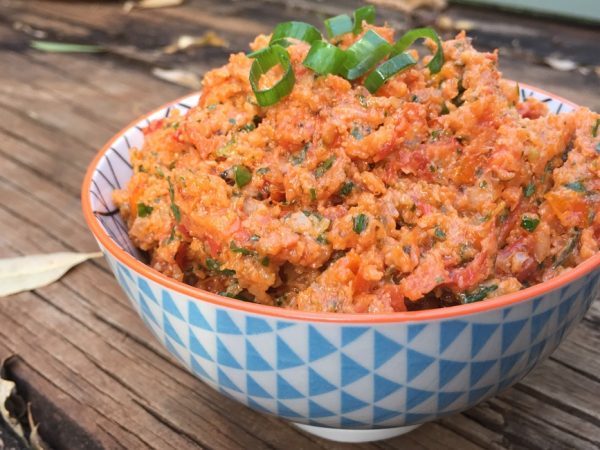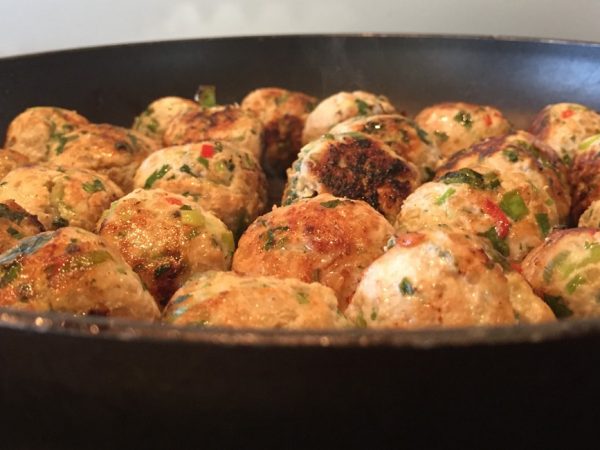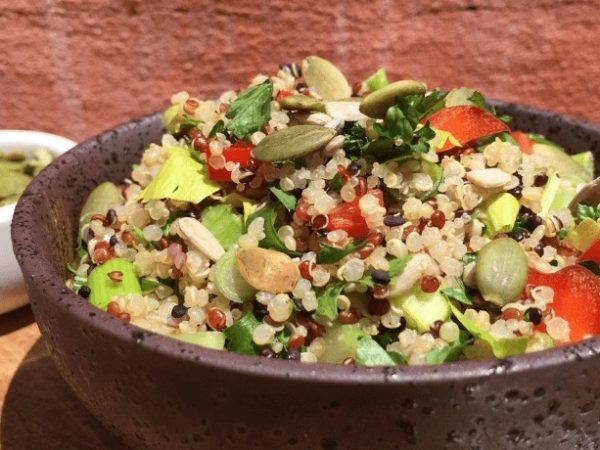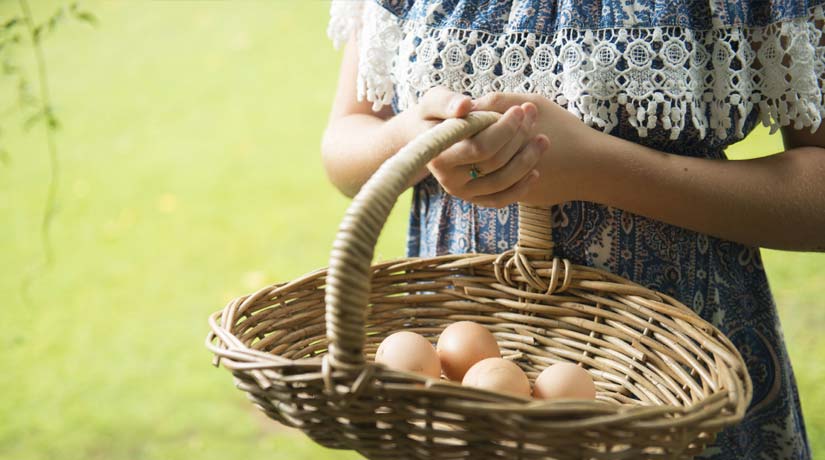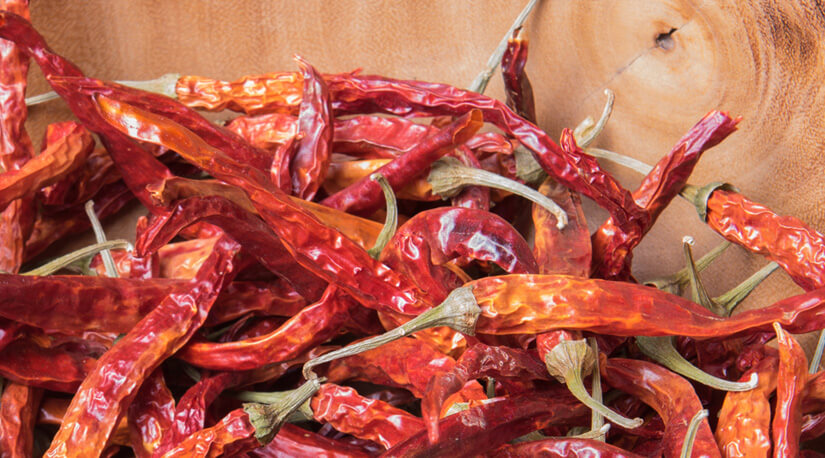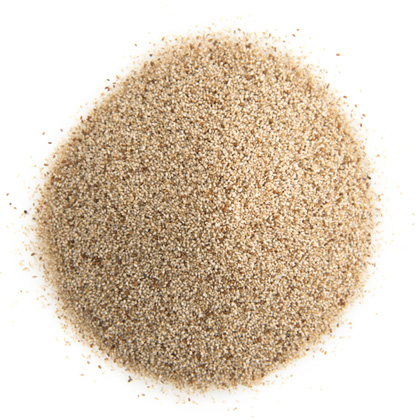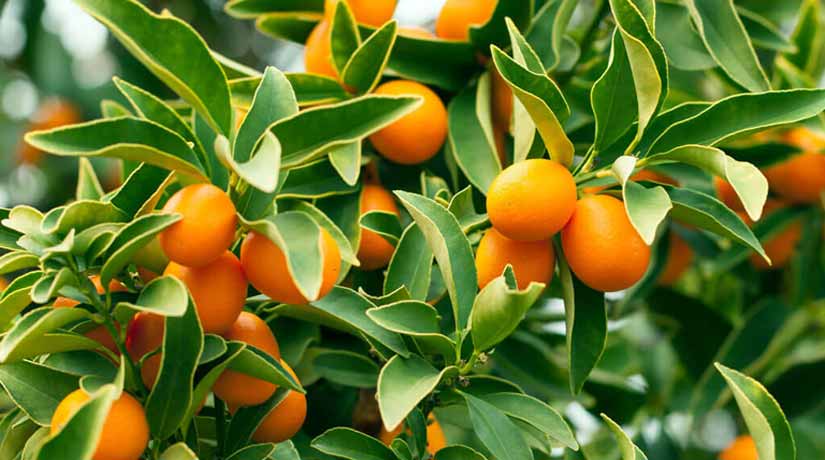Image: The word protein is derived from the Greek word ‘protieos’ meaning first. Hercules (pictured above) was a Greek divine hero famous for his strength and his numerous far-ranging adventures.
Our bodies are made up of around a hundred thousand different types of protein. After water, it is the most abundant molecule in the body. This precious nutrient is essential to life; it shapes our individual make up and allows us to move our bodies, breath in air and grow our cells.
When we eat protein, it is broken down into small building blocks known as amino acids. Our body then uses these to build other proteins such as hormones, enzymes, immune cells, transport and storage cells. They allow oxygen to be moved around the body, they afford our muscles with structure and give our skin strength and elasticity. Proteins provide integrity to our joints, hair and nails and make up many of our brain chemicals, including serotonin and dopamine, which help us with balanced moods.
Incredibly, protein can be found in every one of our 37 trillion cells.
Protein breakdown occurs in the stomach and in order for it to be digested efficiently you need enough stomach acid. Some factors that affect our stomach acid levels which compromises the breakdown of protein in the body include stress, low zinc levels and dehydration. The condition of your natural gut bacteria can also influence how acidic or alkaline your stomach acid is, thus having an impact of the digestion of your protein.
Our bodies need a great variety of protein foods to ensure we are getting the broad range of amino acids we need. Some foods contain protein that has all of the 9 essential amino acids in sufficient levels, making it a complete protein. These 9 out of the 20 different kinds of amino acids that make up protein are the ones our body cannot make and must be eaten in our diet.
Some complete protein sources include meat, fish, dairy products, eggs, quinoa, buckwheat and chia seeds. Legumes, grains, nuts and seeds are high in protein but they don’t have the complete set of the 9 essential amino acids. Therefore, we need to eat a combination of these foods to ensure we are getting the full range. For example, eating beans and rice together or hummus with bread.
As well as needing to eat a combination of proteins, we also need a certain amount of grams of protein each day. An average healthy adult with moderate physical activity will need at least 1 gram of protein for every 1 kg of body weight. This means someone who weighs 70kg and exercises 3 times a week will need at least 70 grams of protein per day and although it is vital we consume enough protein; it can be unhealthy to have too much.
Generally animals meats have a high protein content with red meat containing 35 grams per 100 grams when cooked, pork has 30 grams and fish has around 20 grams. Parmesan cheese has the most protein of all the cheeses at around 38 grams per 100 grams. Eggs have around 7 grams of protein. Soy beans have a high 6.5 grams of protein per ½ cup of cooked beans, followed by lentils, kidney beans and split peas at 4.5 grams, quinoa and buckwheat has 3 grams. Chia seeds have an amazing 11 grams of protein for every ½ cup.
Enjoy building a strong body with a diet rich in healthy proteins,
Jesabe Warner
Naturopath, Affordable Wholefoods



